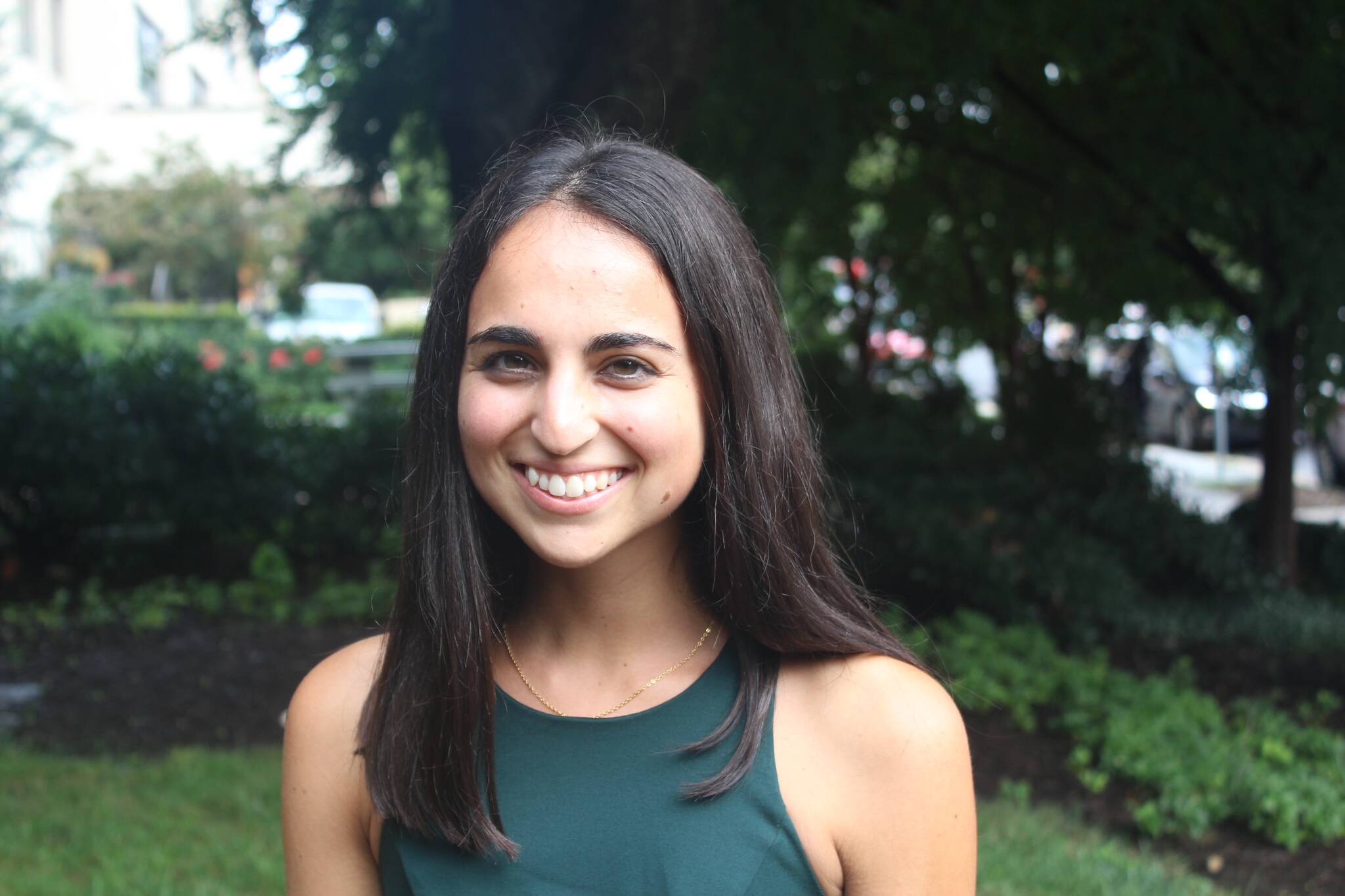A couple years ago, my childhood rabbi and mentor took a sabbatical to the Pacific Northwest to study the wisdom of trees. In the weeks leading up to her departure, I found myself curious, and admittedly confused, about her chosen muse.
“Trees are nice,” I told my rabbi just days before she left, “but they don’t do it for me. If I were to go on a sabbatical, I would want to be by water. There is nothing like journaling next to the rushing pulse of a waterfall or soothing ripples of a creek. Trees are just… so still.”
“I used to think so too,” she told me with a twinkle in her eye. “But trees have an energy current of their own. You just have to be still enough to feel it.”
It has taken me some time to fully appreciate what my rabbi was suggesting. However, after spending the last five months serving the Juneau Jewish community — exploring the multitude of hiking trails, wandering the forest on a cherished sunny day, gazing at the mountains as I search for sermon inspiration — I have come to intimately understand just how majestic trees can be.
That is why this Sunday, as Jewish communities around the world celebrate Tu B’Shvat, the 15th of the Hebrew month of Shvat, or the “New Year of the Trees,” I am thinking about what we can learn from these ancient friends.
Originally an agricultural festival, Tu B’Shvat is one of the four “new years” in the Jewish calendar. Today, many Jewish communities honor Tu B’Shvat as a Jewish “Earth Day” of sorts; a time to reflect on our connection to, and dependence on, the land and an opportunity to celebrate the potential for life and renewal amidst the dead of winter. We eat fruit and nuts, plant greenery where/when we can, and spend time outdoors in nature.
This Tu B’Shvat, I keep returning to the teachings of ecologist, Suzanne Simard, whose groundbreaking research on forests highlights just how much we can learn about building sacred community from trees.
Contrary to the popular assumption that trees compete with each other for resources such as light and soil, Simard’s research has demonstrated that trees are in constant communication with one another; acting, not as competitors, but cooperators through highly sophisticated underground fungal networks. Furthermore, not only do trees communicate with each other, they depend on each other. Through these underground networks, trees send warning signals about environmental change. They search for kin, and they transfer their nutrients to neighboring plants before they die. Mother Trees, the grandest, oldest trees in the forest, convey information and resources to seedlings that are regenerating around them. Seedlings that grow up linked into these networks of elder trees grow and survive far better than saplings that are planted in isolation.
In other words, trees thrive when they are in community.
I cannot think of a timelier intention for celebrating Tu B’Shvat than this. As we brave the cold dark days of winter, waiting for the sun’s return, let us find ways to strengthen our sense of community with one another. To seek each other out, to deepen relationships by asking for help when we need it and offering it when we can. Let us take this message of the trees with us; that we are better off when we feel connected, and find joy in their company as well.
Ken Yehi Ratzon—May it be so.
• Ally Karpel is the student rabbi of Congregation Sukkat Shalom in Juneau.“Living & Growing” is a weekly column written by different authors and submitted by local clergy and spiritual leaders. It appears every Friday on the Juneau Empire’s Faith page.

